Advice from Isolation: Director Glendyn Ivin on the transition to TV
The director of The Cry, Safe Harbour, Puberty Blues and upcoming Penguin Bloom reflects on moving into television from ads and other career takeaways.
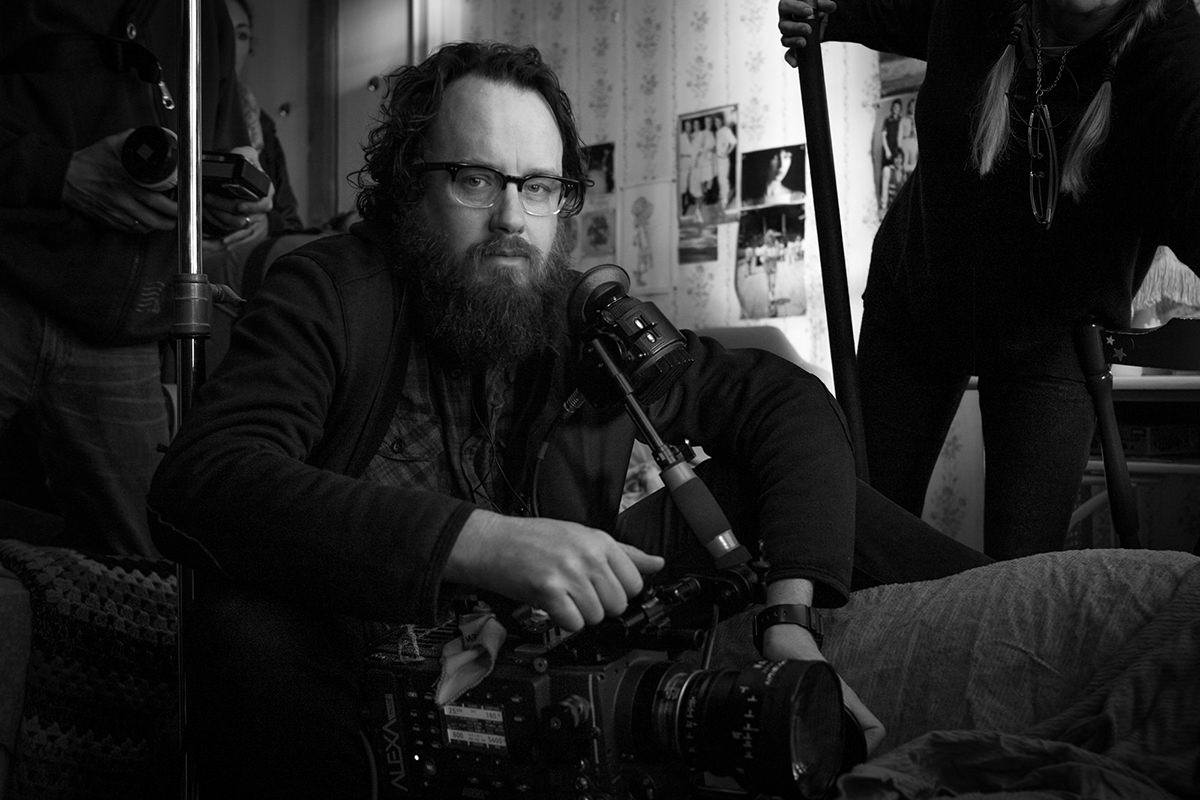 Glendyn Ivin on the set of Puberty Blues (Photo credit: John Brawley)
Glendyn Ivin on the set of Puberty Blues (Photo credit: John Brawley)
As we #StayHome to help combat COVID-19, members of the Australian screen sector share their career learnings in the Advice from Isolation series. Subscribe to Screen Australia’s newsletter for additions to the series.
WRITERS CAN BROADEN YOUR OPPORTUNITIES
I had been making small ads and music videos for a couple of years when I decided I needed to make a short film. I had a script, and I had applied to both Screen Australia and Film Victoria for the different funding rounds but with no luck. Eventually, my producer at the time Jane Liscombe and I threw some cash in and with support of Exit Films, the production company we were part of, we made my first short Cracker Bag. To my surprise, it went on to win the Palme d'Or at the 2003 Cannes Film Festival. A lot of doors and opportunities opened after, but I still took a long time to make a longer project.
I was eager to transition to long-form. Perhaps naively, I just thought I would write a feature and then direct it. I was attached to the idea of being a writer/director. I had written and directed Cracker Bag. But as much as I tried writing, for many reasons it was something I battled with, and nothing was happening.
One of the most important decisions I have made in my career was to be a 'director' and not a 'writer/director'.
The moment I realised I could work with writers, I got to work, and I've been working ever since.
Writer Mac Gudgeon taught me a valuable approach. Early in development for my first feature film Last Ride, Mac and I went on a camping road trip through the desert landscape we imagined the film would take place. We had clicked as friends, and I felt comfortable in discussing my ideas for the film, about story, character and tone. Mac encouraged me to open up further. He said, ‘the more I know what's in your head, the more I'll write the film you want to make.’ It was a huge moment for me, and I could see how powerful working with a writer could be. It was symbiotic, Mac would write what I wanted to make, and in return, I would make the film he wanted to write.
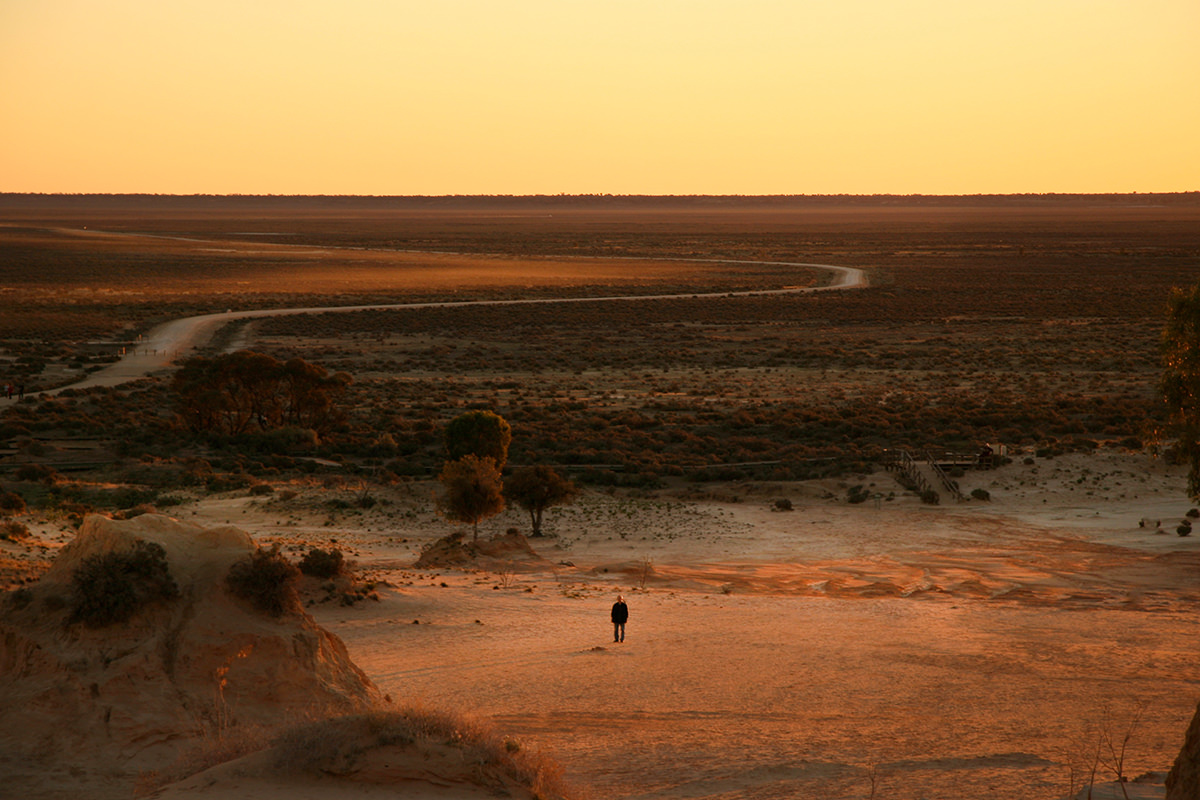 Mac Gudgeon on our Last Ride writing trip (Photo credit: Glendyn Ivin)
Mac Gudgeon on our Last Ride writing trip (Photo credit: Glendyn Ivin)
I have taken this approach with every writer I have worked with since.
It gave me the confidence and the understanding that I could bring the sense of authorship I needed, through working closely with writers whom I shared a common vision. It's kind of straight-forward in hindsight, but at the time it was far less clear.
If you want to be a director in television, primarily you'll work with a writer and more often than not multiple writers. It's a massive part of your role as director.
If I wasn't going to write myself, the challenge was to find projects that I responded to emotionally, and on a deep level, brought that collaborative writer/director relationship with it.
SAY YES TO ANYTHING
I had never thought about doing TV. In fact, I had resisted it. I'm sure there was a level of snobbery. I wanted to make 'films' – that's what filmmakers did. But at this point, having made a feature, I had realised getting another film up was going to take a long time, so I went back to commercials.
My production company Exit Films shared a building with Level 2 Music. Jess Moore, a music supervisor, was working on a new series called Offspring. Jess said in passing that the producers were looking for a new director, and if I were interested, she would mention my name.
Soon after I found myself in a meeting with John Edwards and Imogen Banks. They had just started shooting the first episodes of series 1 (set up by Kate Dennis) and from what they were describing it sounded like the show was a 'romantic comedy'. I asked if they had seen my feature Last Ride because that wasn't exactly a rom-com. They had seen my film, and it was one of the reasons I was there. John said he was interested in meeting me because of my dramatic sensibility, and with Offspring, he encouraged me to lean into the drama of the scripts, but if there was comedy, to lean into that as well.
I remember calling my agent after the meeting and saying I wasn't sure if the show sounded right for me. She pretty much said I was crazy, and that I was being offered a block of television, that it was a foot in the door, and if I didn't like it, I wouldn't have to do it again. I remember it was a huge decision at the time. But looking back, that meeting set my life and career on a different path.
I thoroughly enjoyed Offspring. It was a different way of working for me. It was dramatic, but it was also fun. I embraced all of it. I remember the shooting being really, really fast - around seven days per episode and the same time to edit per episode. I still can't get my head around that pace.
Series TV was a big machine that I had never seen work before, but I learnt to adapt pretty quickly. I loved the cast and the crew, and I made many lifelong friendships from that experience.
The first gig is the hardest to land. I was fortunate with Offspring. But mostly a new director is going to have to start small, and perhaps on a show or series that they may not watch or be a fan of. But hopefully, the people you work with on those episodes make the experience more important than the show itself. The moment you have 'the credit' and the support of the people of whom you worked with, getting the next gig will be easier.
KNOW WHEN TO SAY NO
As much as I loved my first experience of working in TV, when Imogen offered me a block on the second series of Offspring I declined. It just didn't feel right for me, but I felt I was making a mistake saying no to John and Imo who had been so generous in offering me the opportunity in the first place, and as it was their guidance and encouragement that had gotten me through those first two episodes.
I knew I didn't want to become an episodic TV director. There are many directors who I know and admire who excel in this and enjoy every moment of it. It's such a rewarding job, and the rhythm of regular work in that world was enticing. But it just didn't feel right for me, and more importantly, I craved something I could call more 'my own’.
As a result of saying 'no', John Edwards called soon afterwards and wondered if I would be interested in a telemovie about the Beaconsfield Mining Disaster. I knew the story of the two miners trapped underground together, and it had caught my and the nation's imagination as it played out over two weeks through the media. We all have a fascination with survival stories. We get a glimpse of what it might be like to 'cheat death' or be so closely confronted by it. I was also interested in how mining for something as precious and finite as gold impacted on the environment and the men who spent their days in pitch-black darkness searching for it. I knew there was something in it, but perhaps, more importantly, this was a 'film' that I could build from the ground up. I knew I could bring something to the story and pour everything I had into it.
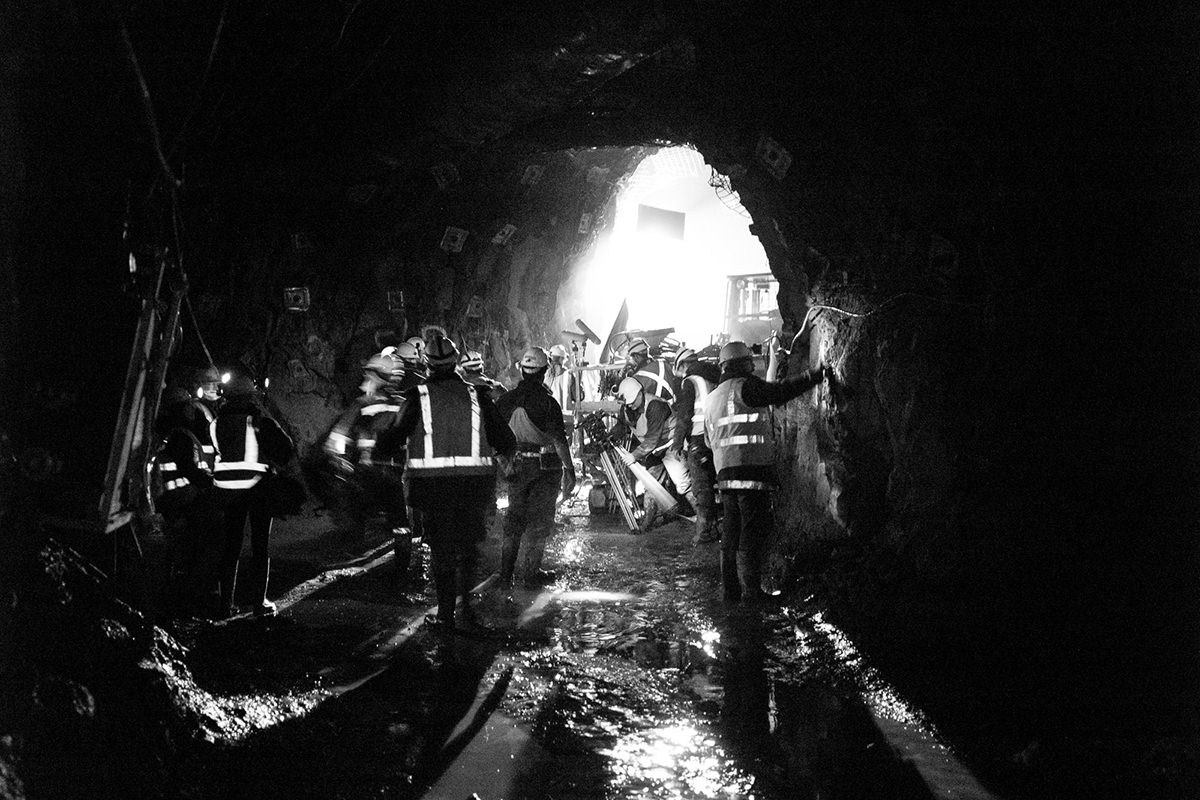 Filming deep underground for Beaconsfield (Photo credit: Glendyn Ivin)
Filming deep underground for Beaconsfield (Photo credit: Glendyn Ivin)
Making Beaconsfield (written by Judi McCrossin) was fast and furious. Filming in real gold mines and trying to deal with the scale the story required on a TV budget was very stressful. I cut the film with Andy Canny (The Invisible Man). I remember sitting in the first week of the edit, I was exhausted, and I thought what I had just shot was atrocious (a feeling all directors know too well). I sat in the edit thinking, ‘this is it, I've made a mess of this TV thing, and I've been out of commercials for too long to go back. I'll never work again.’
John rang, asking how it was going. I was so depressed I told him I thought it was terrible and it was going to be a hard task to make anything good. John laughed and tried to talk me off the cliff. He had something else brewing. "Imogen and I have the rights to the book Puberty Blues: would you be interested in directing some of it?" In a moment of sheer desperation, I said "Yes, I'm interested, I love the book and can see how this could work as a series. In fact… I'd want to set it up!" I had never set up a network TV series. I didn't know much about it. But at that point laying on the couch in the edit suite, I felt I had nothing to lose.
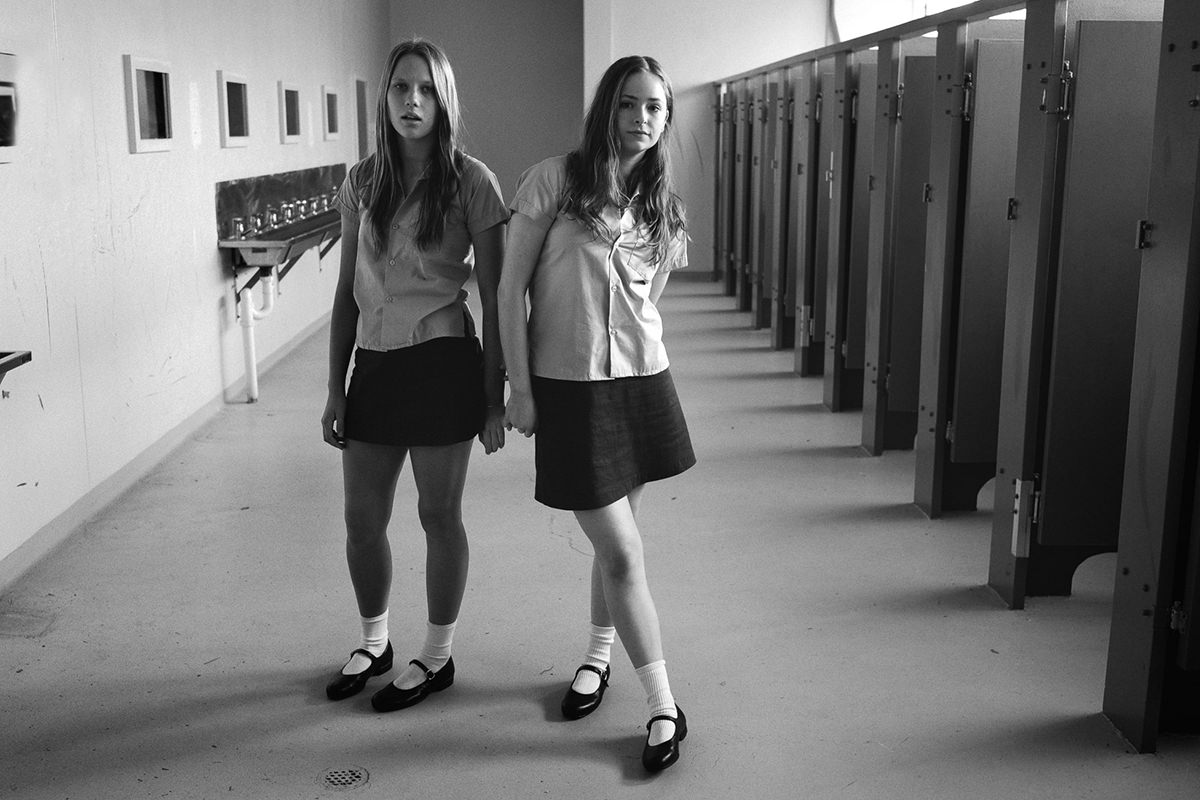 Brenna Harding and Ashleigh Cummings in Puberty Blues (Photo credit: Glendyn Ivin)
Brenna Harding and Ashleigh Cummings in Puberty Blues (Photo credit: Glendyn Ivin)
I leapt into Puberty Blues (written primarily by Tony McNamara and Alice Bell), and to this day it's been one of the most beautiful experiences I've had as a director. I put this partly down to naivety and passion. But it was also being surrounded by a great group of people both on and off-screen. It opened my eyes to how the TV series production model worked for all its pluses and minuses. It made me curious about how far I could push the tone and atmosphere of a commercial network show. I set up both series of Puberty Blues, and I shared most of the directing with Emma Freeman. We complemented each other well even though I discovered our styles and approaches to the material were very different. I love that about directing. As directors, we all have different interests and concerns, and in TV we can pour all of these into making a cohesive story together.
MAKE FRIENDS AND BE NICE
Building relationships with people is super important. Try and meet with producers whose work you admire and even the ones whose work you don't. It's more important you click personally, and you never know until you meet them. Producers are going to be way more than employers. They will be your guides both creatively and personally. And most importantly they'll have to 'sell' you into the network who probably won't know you from a bar of soap.
John backed me in the lead up to Beaconsfield. I had never worked for Channel 9 and all I had made at that point was an arthouse feature, and one block of Offspring. The Channel 9 execs were questioning my experience. John stood by me. He said 'Glendyn may not have done much, but I have, and I think he can do it.' And we did. Beaconsfield was a success both critically and for the network, pulling in around 2 million viewers – a number that will sadly probably never be seen again by a network drama in Australia.
IT'S YOUR JOB TO MAKE IT BETTER
From here on I went on to direct all seven episodes of Gallipoli (written by Chris Lee) and then set up and directed the first three eps of The Beautiful Lie (written by Alice Bell). Soon after I set up The Seven Types Of Ambiguity (produced by Amanda Higgs and written by Jac Perske).
By now, I felt reasonably comfortable working at the pace I needed to work, and I found an approach where I could craft something that I felt elevated the material. I could concentrate on and create strong performances and form a visual tone and aesthetic that excited me all within the limited time and budget.
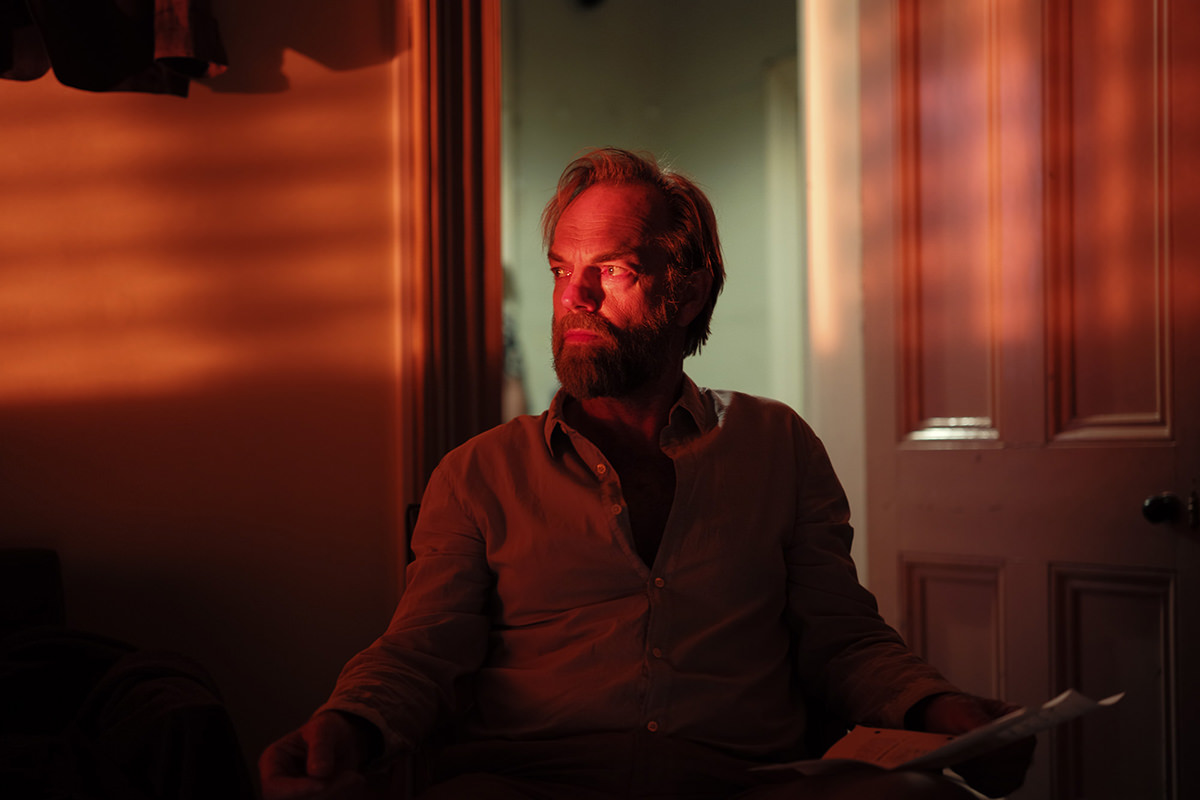 Hugo Weaving in Seven Types Of Ambiguity. (Photo credit: Glendyn Ivin)
Hugo Weaving in Seven Types Of Ambiguity. (Photo credit: Glendyn Ivin)
I've always been frustrated by an attitude that it's 'just TV' and there is only so much you can do with what you have. I disagree. As directors, it's our job to use restrictions to our advantage. If we had all the time and money in the world, it wouldn't make it better. I try and build my own restrictions into every production. I write rules and create working manifestos that apply more restrictions. Not about time or money. But more about what the camera can and can't do. What lenses and how many, rules on lighting and approaches to performance and rehearsals. I have found this process only liberates the cast and crew and turns the restrictions into opportunities that wouldn't have otherwise existed. I try to never settle for what something is, I'm always pushing to make it what it can be.
IT'S DIFFERENT FOR EVERYONE
In the last few years I’ve been fortunate to direct series where I am the sole director which is where I feel most comfortable. Safe Harbour (produced by Stephen Corvini and written by Belinda Chayko) led to The Cry for BBC1 (produced by Claire Mundell and written by Jac Perske) and are both shows that I'm incredibly proud of. Working with great producers, writers, cast and crews, they were created with the sense of authorship I've always searched for.
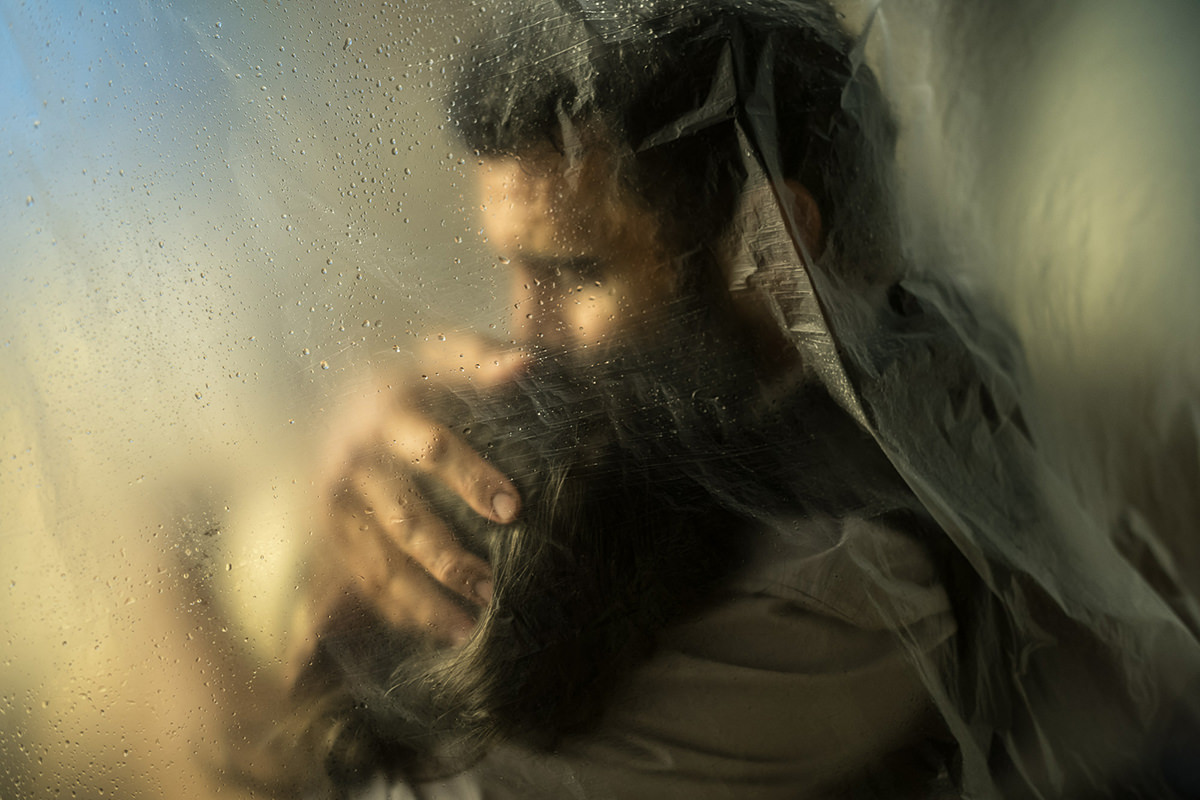 Safe Harbour (Photo credit: Glendyn Ivin)
Safe Harbour (Photo credit: Glendyn Ivin)
Every director I know has taken a completely different path to be where they are. There is no right way of doing it. It's a maze and what has worked for one person doesn't for another. Intuition is your only guide. And luck. And a ton of persistence and hard work. Lucky that's what we are here for. It's why we are filmmakers in the first place.
I’m still learning and hopefully will be for a long time yet. In my head I’m still only at the beginning of my career. It’s important to not lose that sense of curiosity and naivety you have when you first start out. I’m still interested and fascinated by every aspect of filmmaking.
Despite my initial hesitation, television has brought some of the most incredible experiences, friendships and creative satisfaction. I would only hope that anyone else considering directing television would be presented with the same. I wish you all the best finding your own path. If I can help, let me know.
@glendyn_ivin

What to read next
From breaking down a script to rehearsals, what to expect from the pre-production process for a director of episodic TV.
23 Apr 2020
Corrie Chen